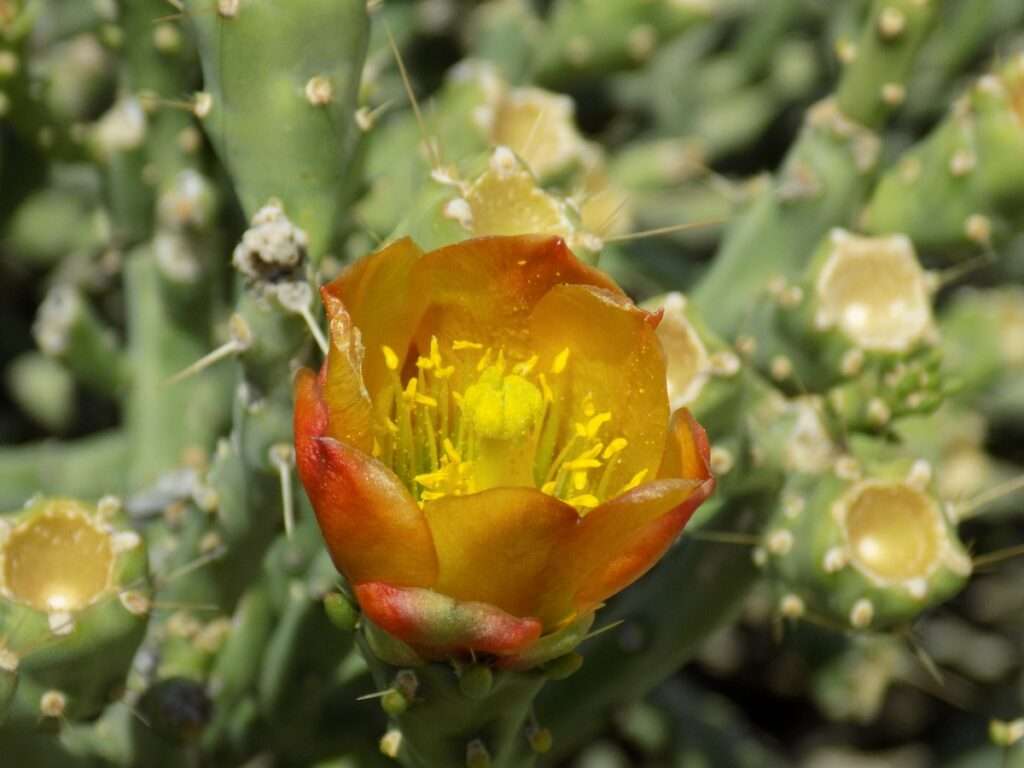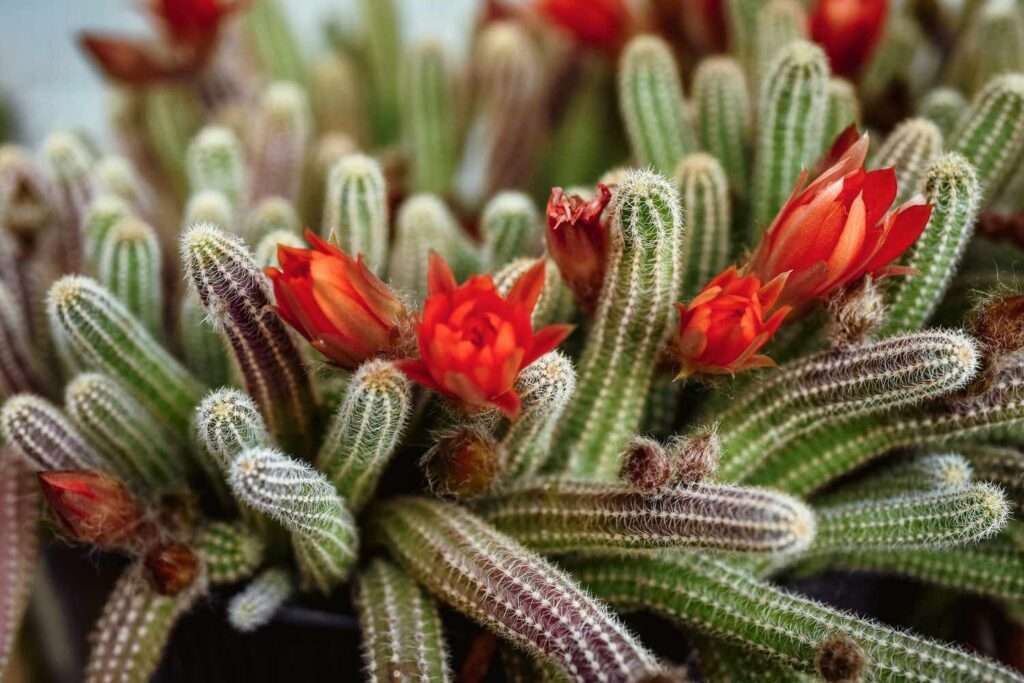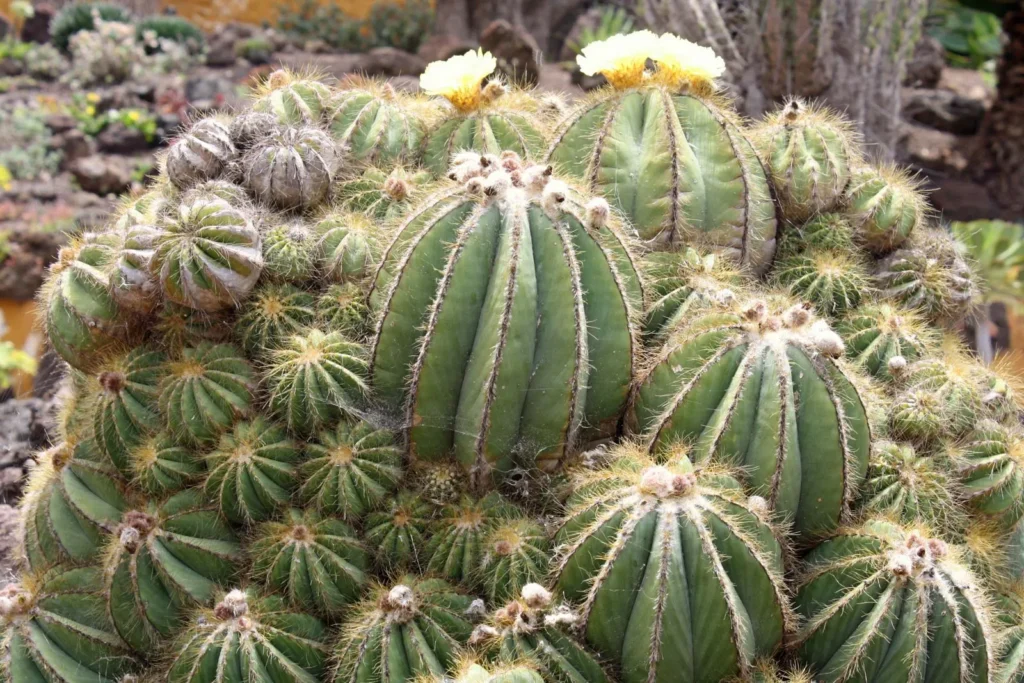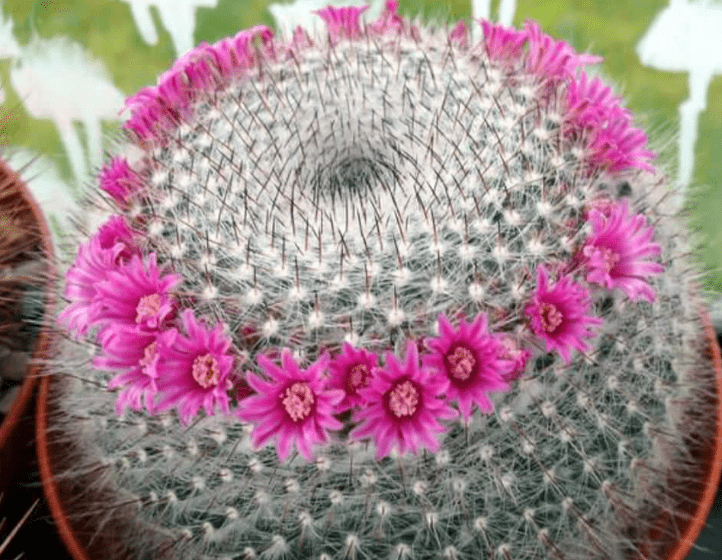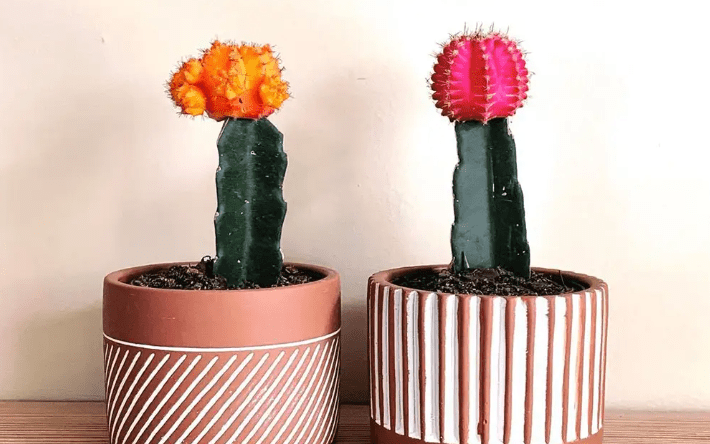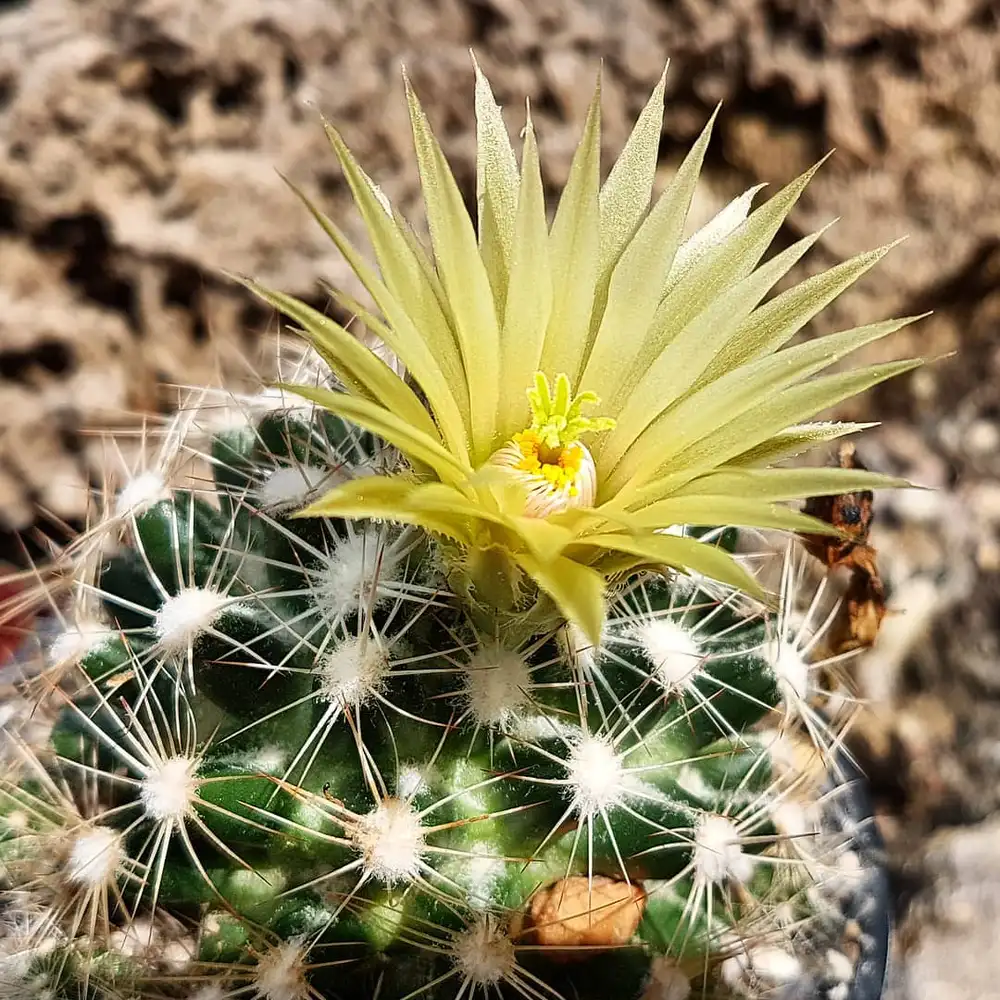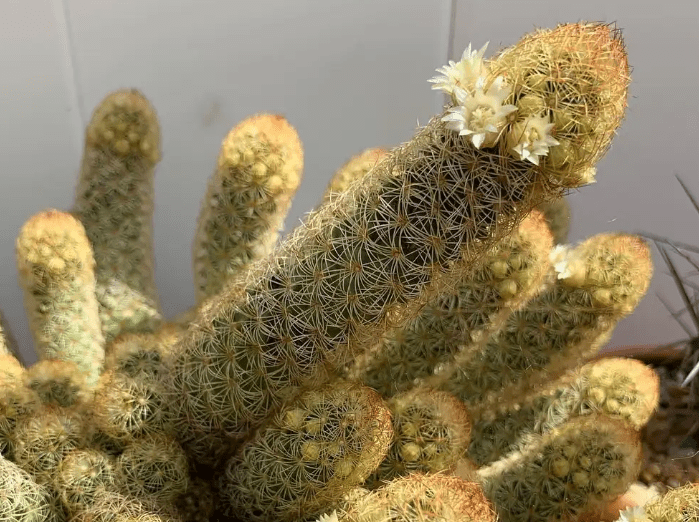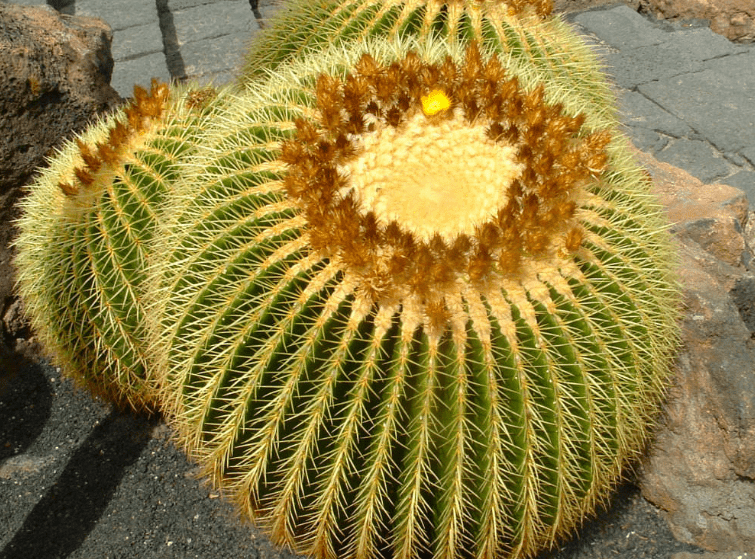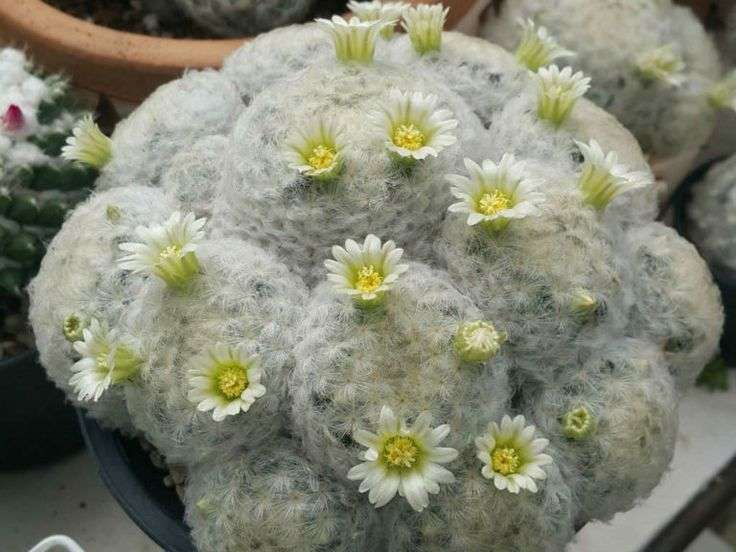Pencil Cholla
Size: Up to 9 feet tall, but often 3 to 4 feet. Shrub growth form; up to 1 foot tall; 2 to 4 inch diameter trunk; 2 to 6 inch long joints; sparsely to densely branched plants. Leaves: Leaves with glochids or spines that emerge from areoles. Care Guide Water The drought-tolerant pencil cholla doesn’t […]


